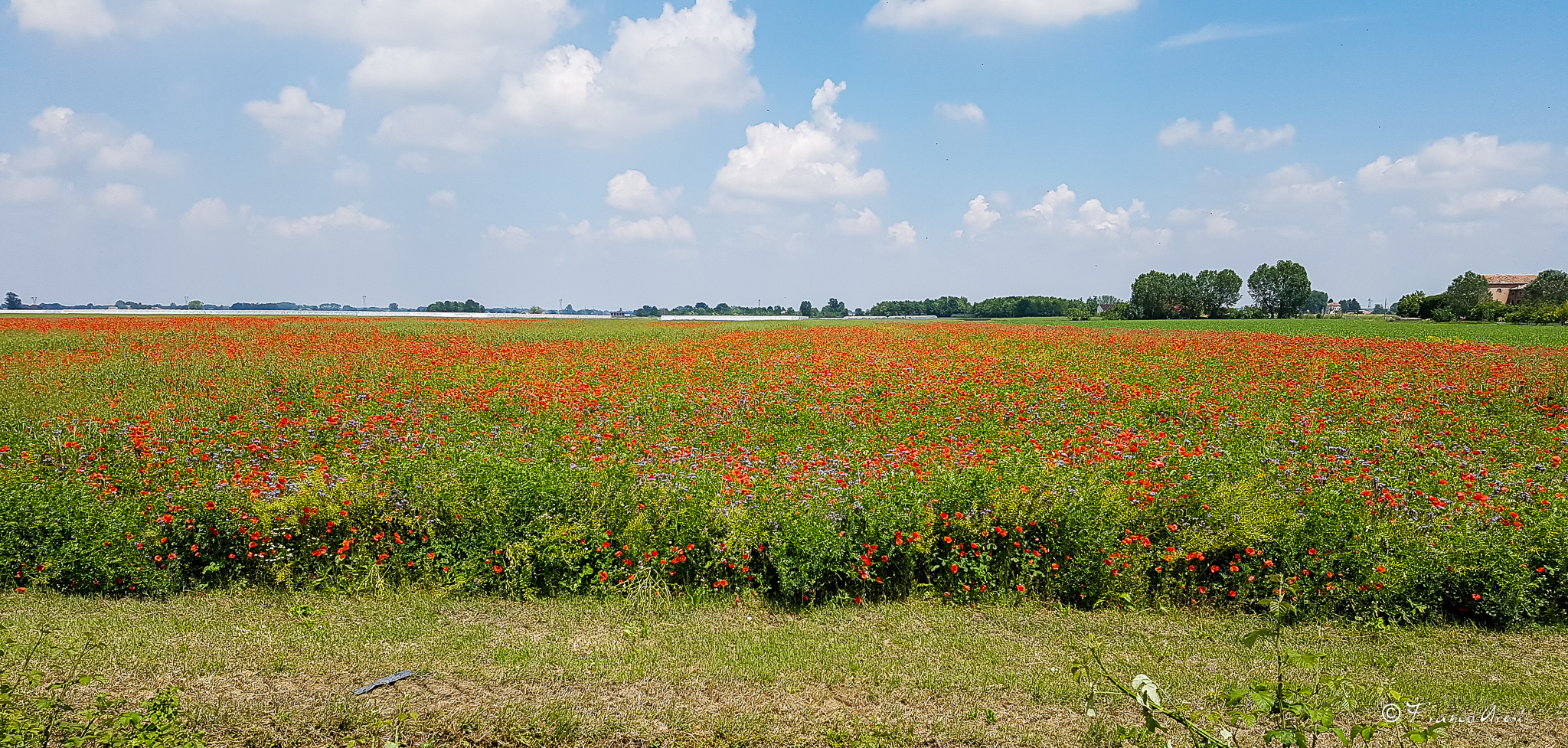
Volume 43 - N. 2
December 2019
Avocetta
Volume 43 - N. 2
Volume 43 - N.2, December 2019
-
Editorial - Renewal of Avocetta Board
Bruno Massa and Roberto Ambrosini
-
Six (or nearly so) big challenges for farmland bird conservation in Italy
Mattia Brambilla
-
Bird communities analysis and Marxan software for the management of a Mediterranean protected area
Roberto Isotti and Mario Monacelli
-
Diet heterogeneity and antioxidant defence
in Barn Swallow Hirundo rustica nestlings
Camila Paola Grigolo, Beatrice Sicurella, Federica Musitelli, Andrea Romano, Manuela Caprioli, Diego Rubolini, Roberto Ambrosini and Mauro Gobbi
-
Proper gravel management may counteract population decline of the Collared Sand Martin Riparia riparia
Giulia Masoero, Giovanni Boano, Alberto Tamietti, Enrico Caprio
-
Short note - Status and distribution of Paraguayan 'Black Tyrants' (Tyrannidae: Knipolegus) with a remarkable new country record
Paul Smith and Kevin Easley
-
Forum - Early career researchers in ornithology: attitudes, career prospects and gender issues
Susanne Jähnig, Enrico Caprio and Dan Chamberlain
-
Columns - BIRD NEWS 2019
Gaia Bazzi (ed.)
-
Columns - Commissione Ornitologica Italiana (COI) - Report 28
Egidio Fulco and Cristiano Liuzzi
-
Book Reviews - Barnagaud et al. 2019 - Where
to watch birds in France
Bruno Massa
-
Obituary - Prof. Nicola Saino
Rubolini D., Ambrosini, Bonisoli-Alquati A., Møller A.P., Galeotti P., Bogliani G. and Fasola M.

